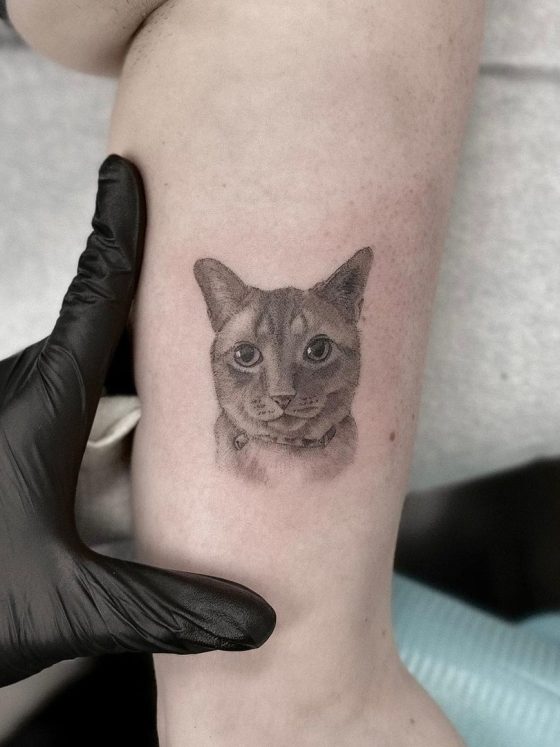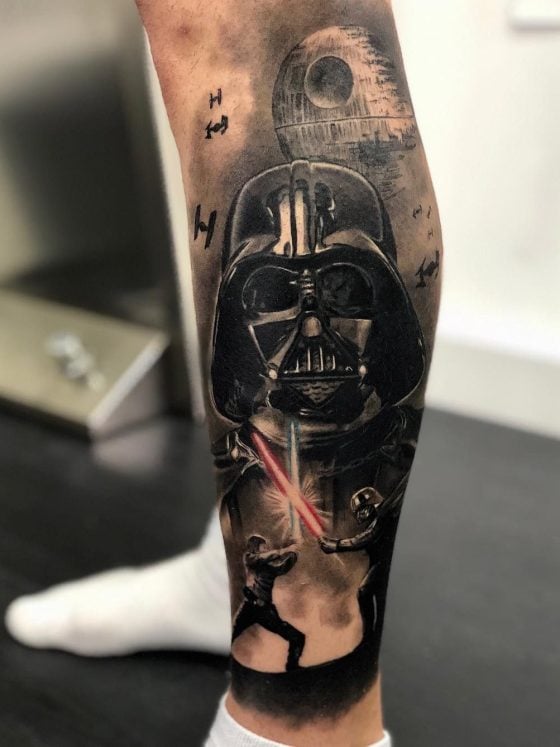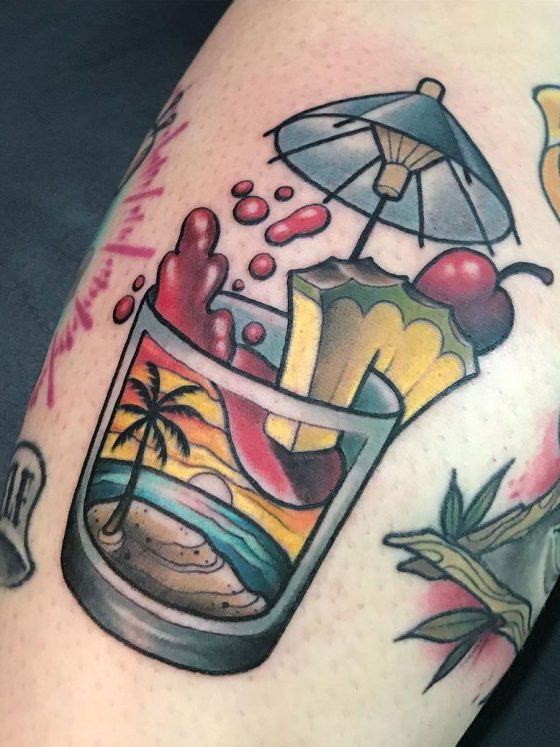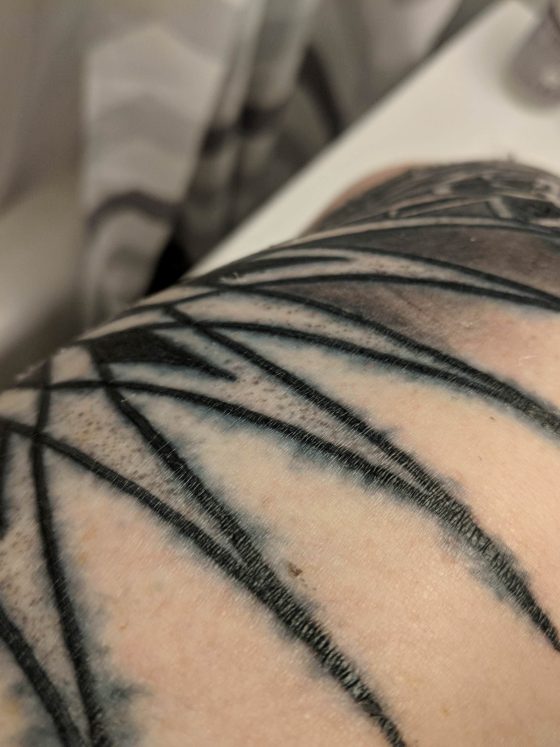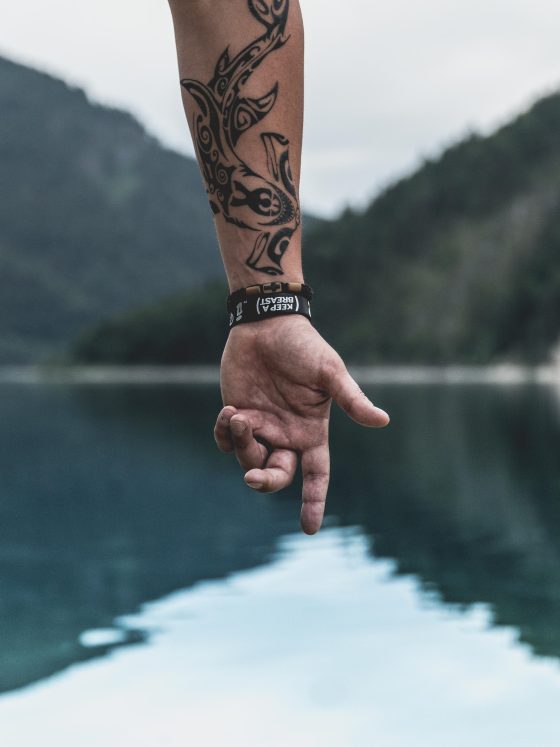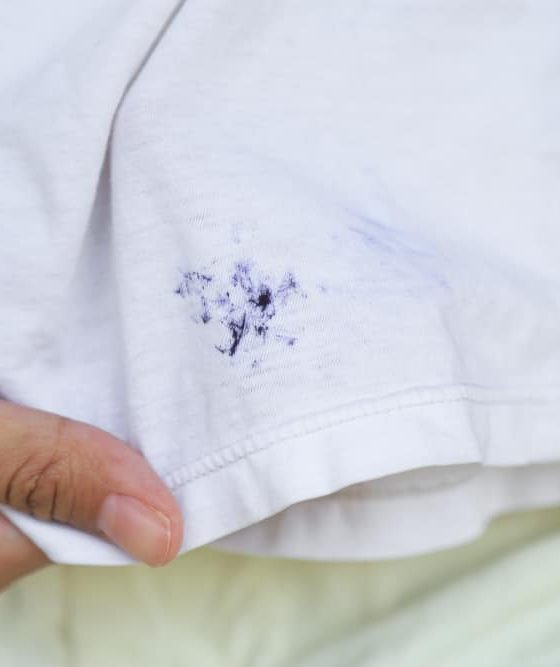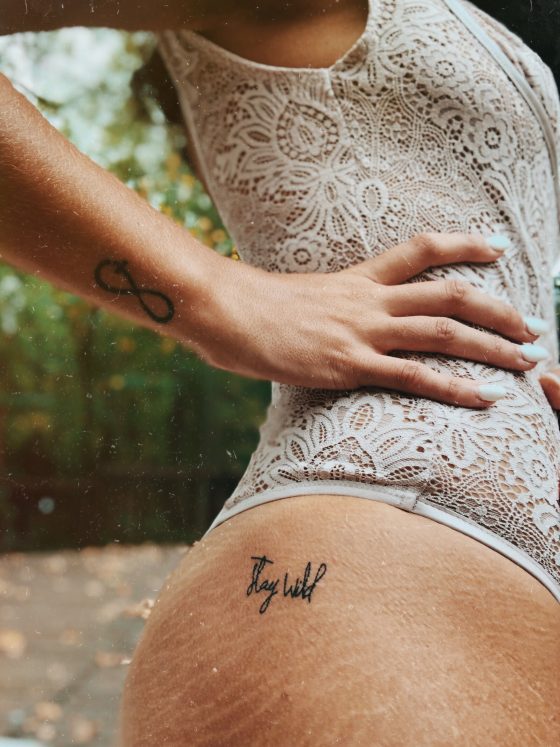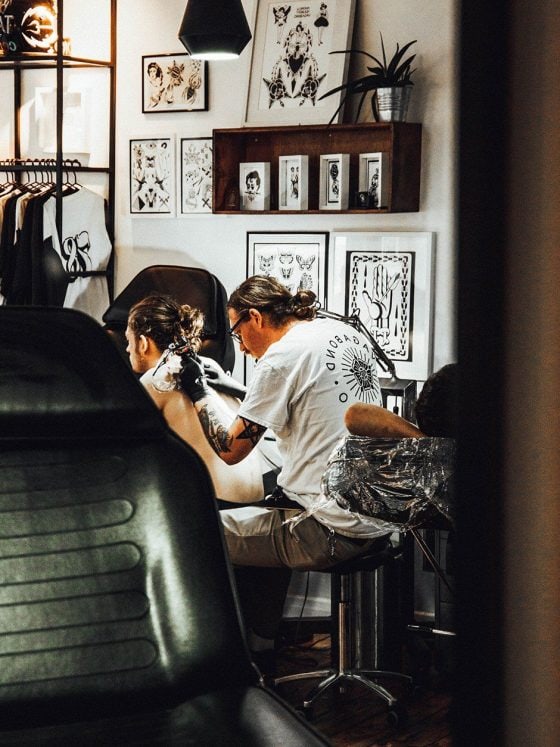When I was a tattoo apprentice, one of the hardest things to grasp was the different tattoo needle sizes, their uses, and the difference between them. It took a lot of trial and error for me to fully understand which tattoo needles to use for which tattoos, and if I had a guide like this one, it would have been much easier to understand!
This guide will walk you through sizes, grouping, and styles best suited to each needle. I am writing from a rotary machine perspective, but this information is pretty much the same for coil machines as well.
A Brief History of Tattoo Needles
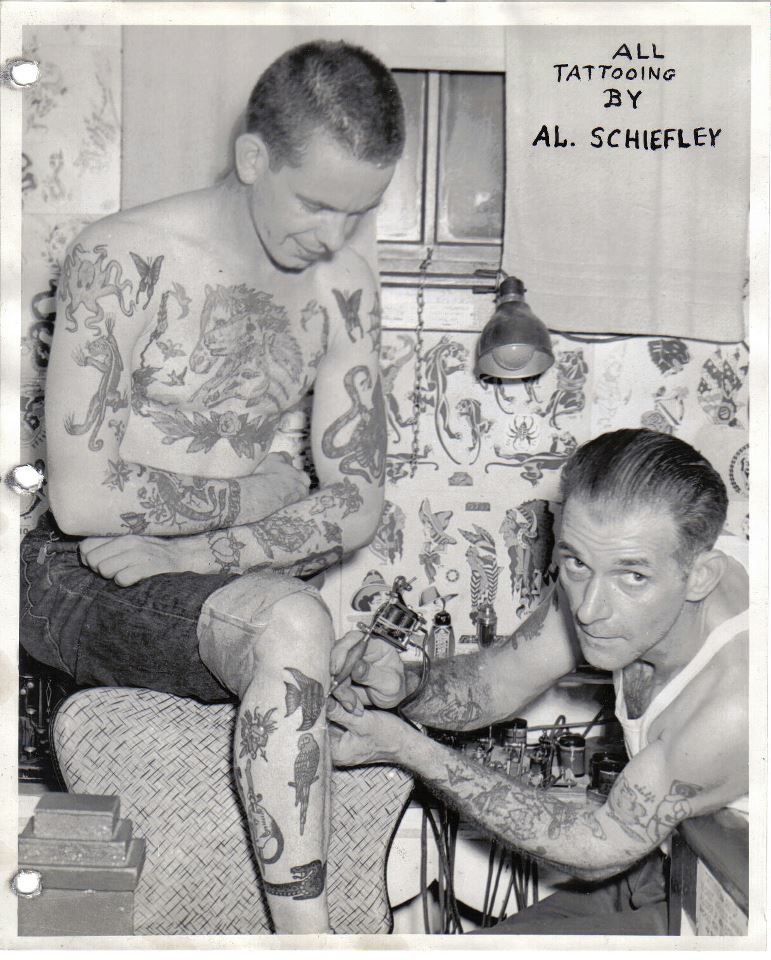
Our industry has come an extremely long way from the days of apprentices staying late to make needles for the week.
The market is flooded with all sorts of different brands, sizes, and shapes, which is great for furthering tattooing as a whole. But it does mean that we have lost a part of our apprenticeships where we would get up and personal with understanding our needles and how they work.
The needles themselves have not changed much, but rather the way they are packaged and sold.
Tattoo needles used to be sold by the thousands to tattooers, who would then solder them into the groupings that they need.
Today, we get our needles pre-made and pre-packaged, sterilized with EO gas. Each needle has a code on the box and on the actual needle, which is the bit you need to understand and what we will go into detail about.
Cartridges vs. Needle Bars

Your machine will determine whether you use standard needles or cartridge needles (to some degree), but there is a grip that can make a cartridge needle fit onto a coil or rotary machine, so the choice is yours.
There are so many different needle brands on the market, but artists tend to try a few and usually stay loyal to their favorite ones.
Cartridge needles come in the same styles as regular needles, but they cost more. The setup is much simpler than standard needles – all you need to do is pop the cartridge out and swap it with the next needle you need to use, whereas with standard needles, you need to set up multiple machines for multiple needles.
Check out our list of the best tattoo machines for beginners.
Tattoo Needle Codes and Their Uses
RL = Round Liner
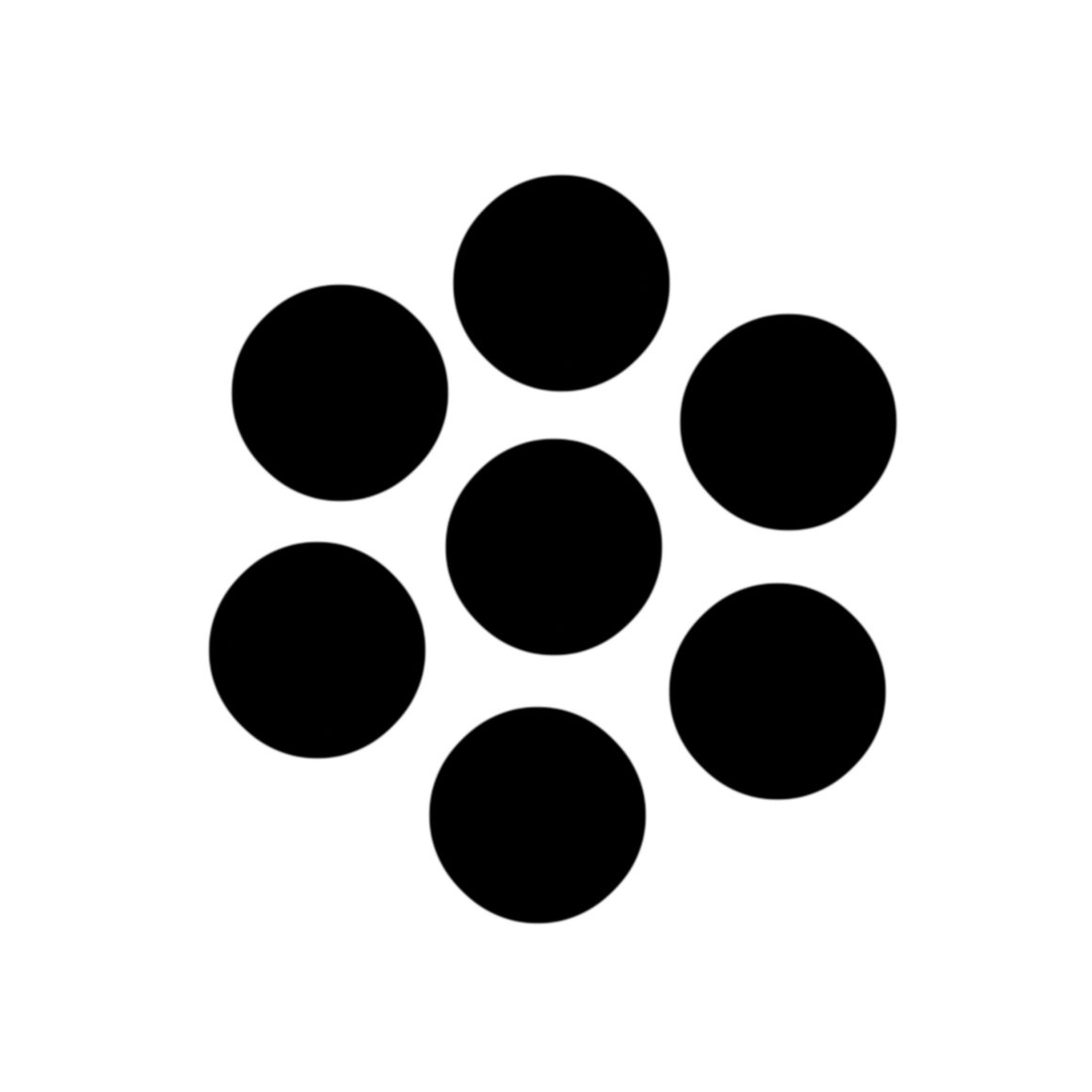
Round liner needles usually come in groups of individual needles of 3, 5 ,7 , 9 ,11 and 14.
These needles are soldered tightly together in a circular pattern. As one would expect, these needles are mostly used for lining.
The tight grouping of the needles creates a solid and saturated line and leaves no gaps in between the individual needles once tattooed on the skin.
The individual needles in the groupings can come in different gauges, with the most popular for tattooing being 10 or 12 gauge (0.30mm or 0.35mm). Needle cartridges also come in 6, and 8 gauge, which is usually used for permanent makeup.
RS = Round Shader
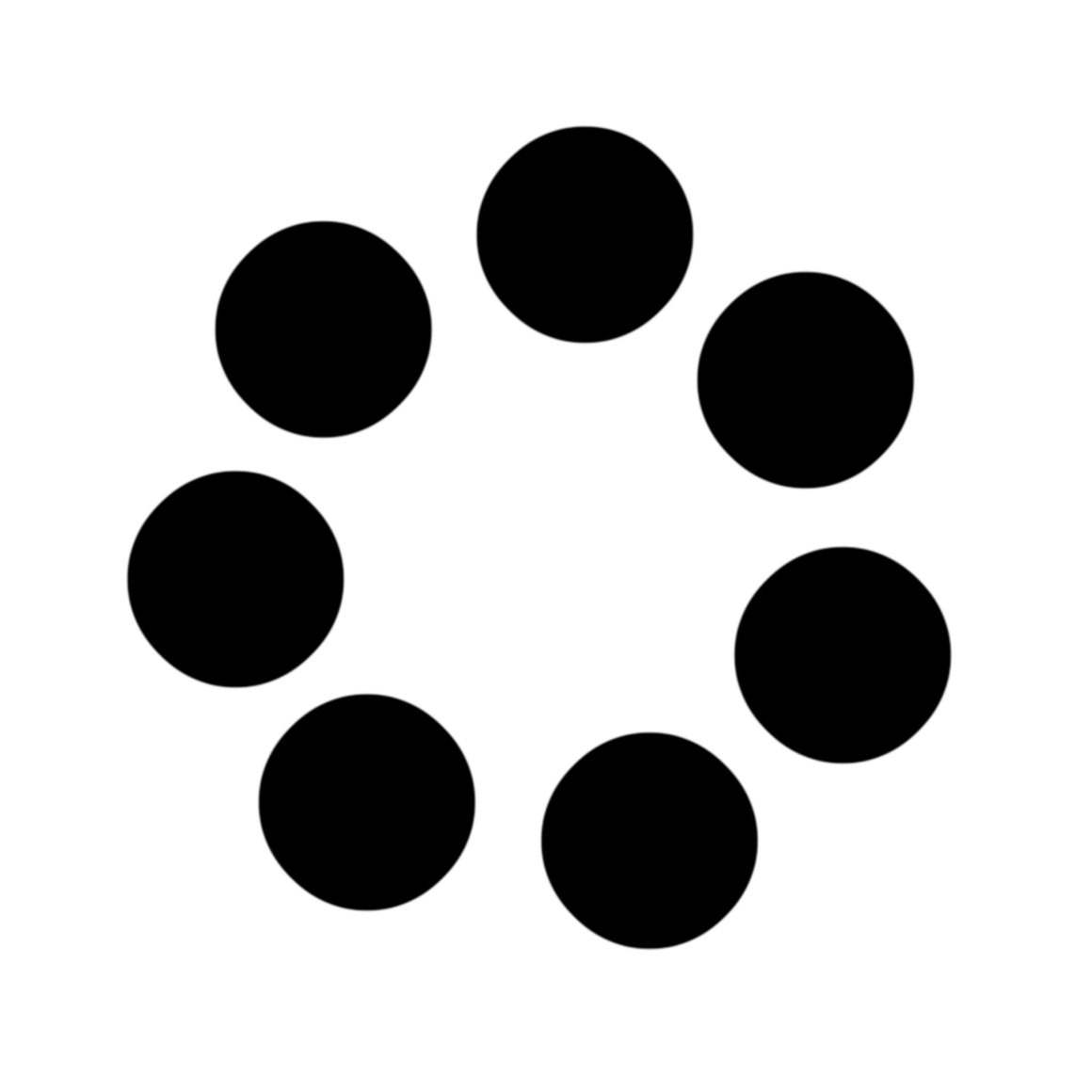
These types of needles are very similar to round liners; however, the individual needles are not as tightly packed.
Round shaders come in the same groupings as round liners and are grouped in a circular pattern.
Typically round shaders are used to color in small spaces in the tattoo design where it would be tricky to fill in color with a round magnum.
Round shaders can also be used to tattoo bold lines. If done correctly and carefully, a round shader can create a solid line that will be bolder than a round liner.
M1 = Weaved Flat Magnum
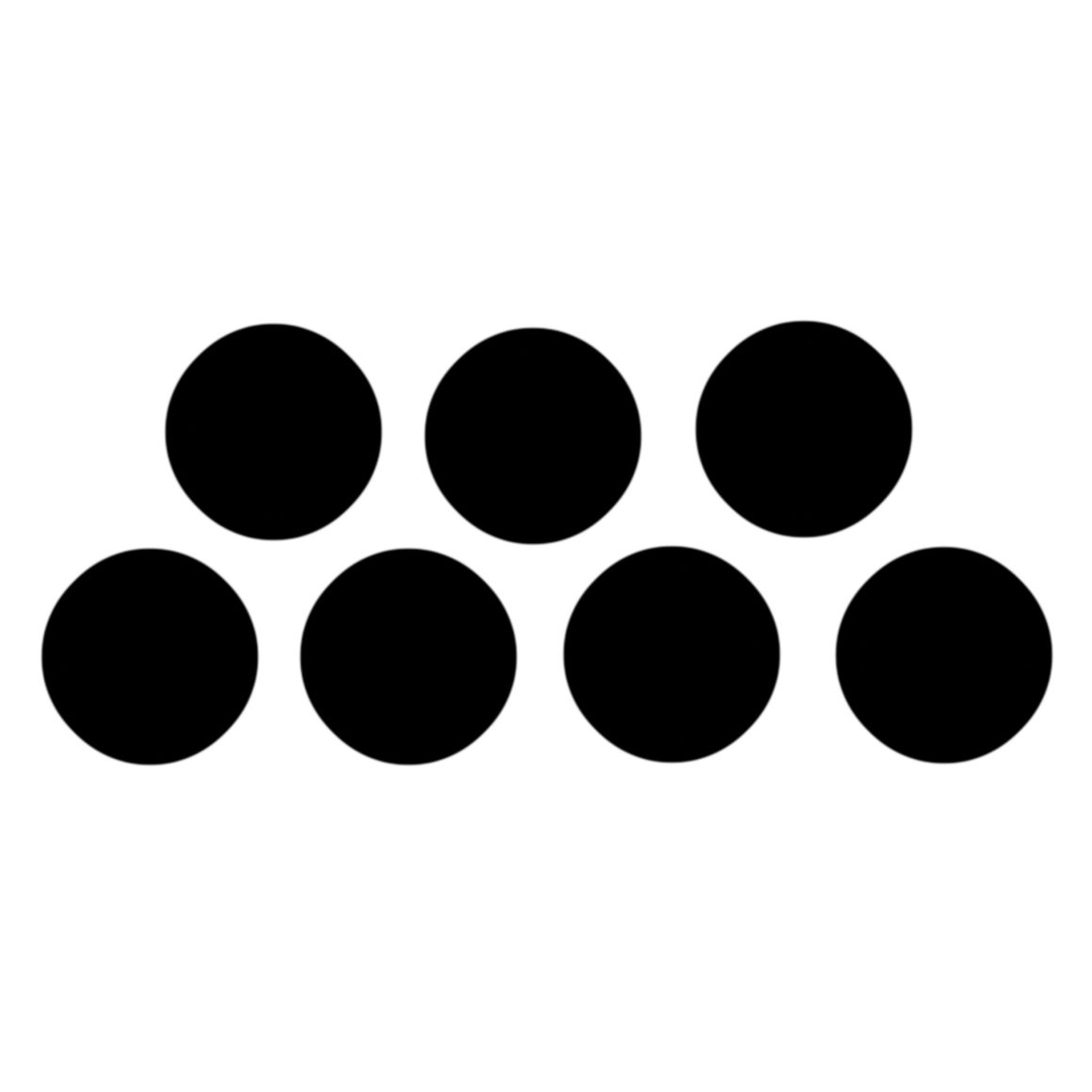
M1 flat mags are typically used in the shading or color packing of a tattoo design.
Needle groupings come in 3, 5, 7, 9, 11, 13 and 15. Magnum needles even come in a 143 needle configuration!
These needles are specialized and are typically used for large-scale blackout tattoos. Weaved flat magnums are soldered together with more spacing between the individual needles. The loose spacing helps create softer shading and even gradients when tattooing.
M2 = Stacked Flat Magnum
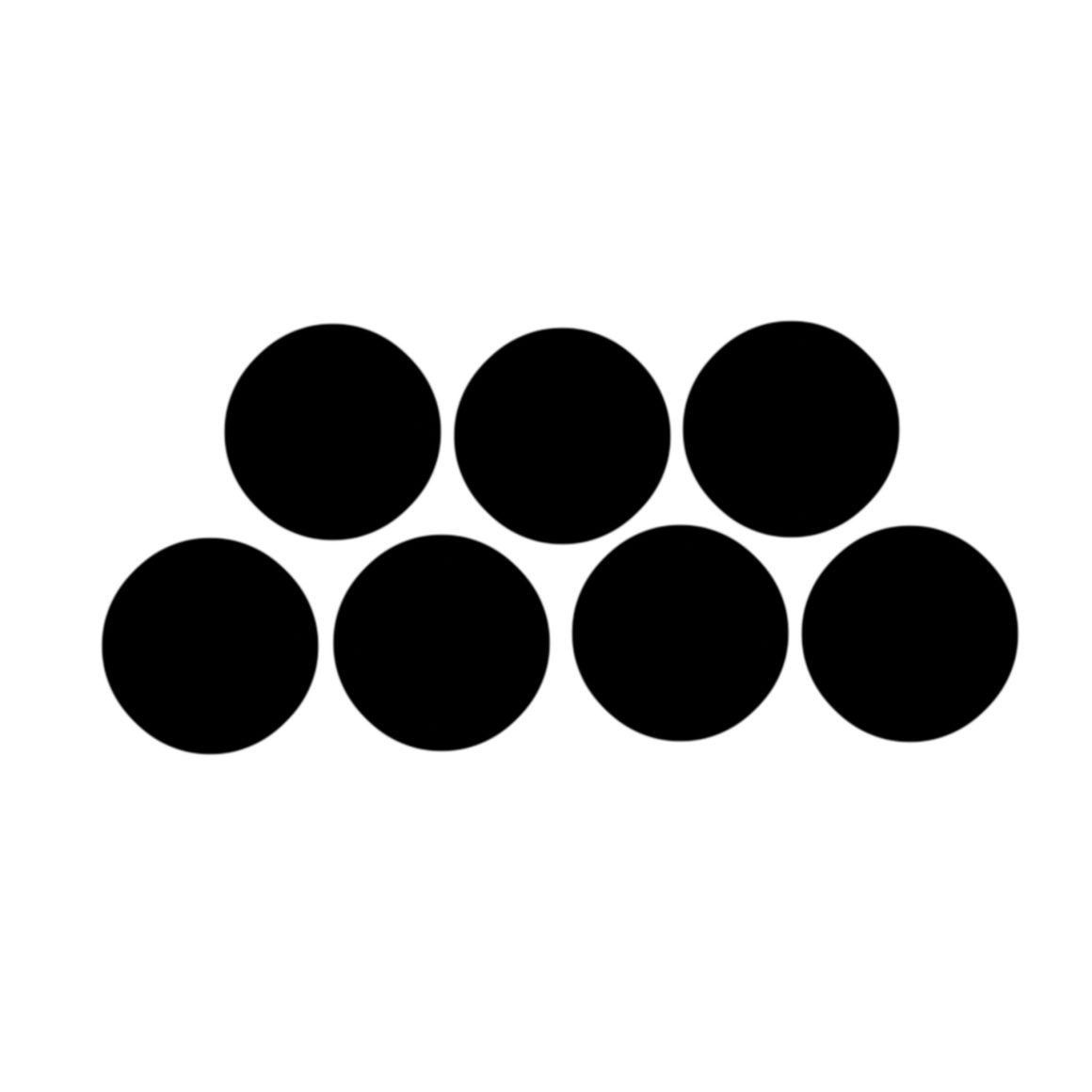
Stacked flat magnum needles are almost identical to weaved flat magnums, with the only difference being the spacing between the individual needles.
Stacked magnums have tightly soldered individual needles. This configuration of needle helps with creating solid fields of color in the tattoo design.
RM = Round Magnum
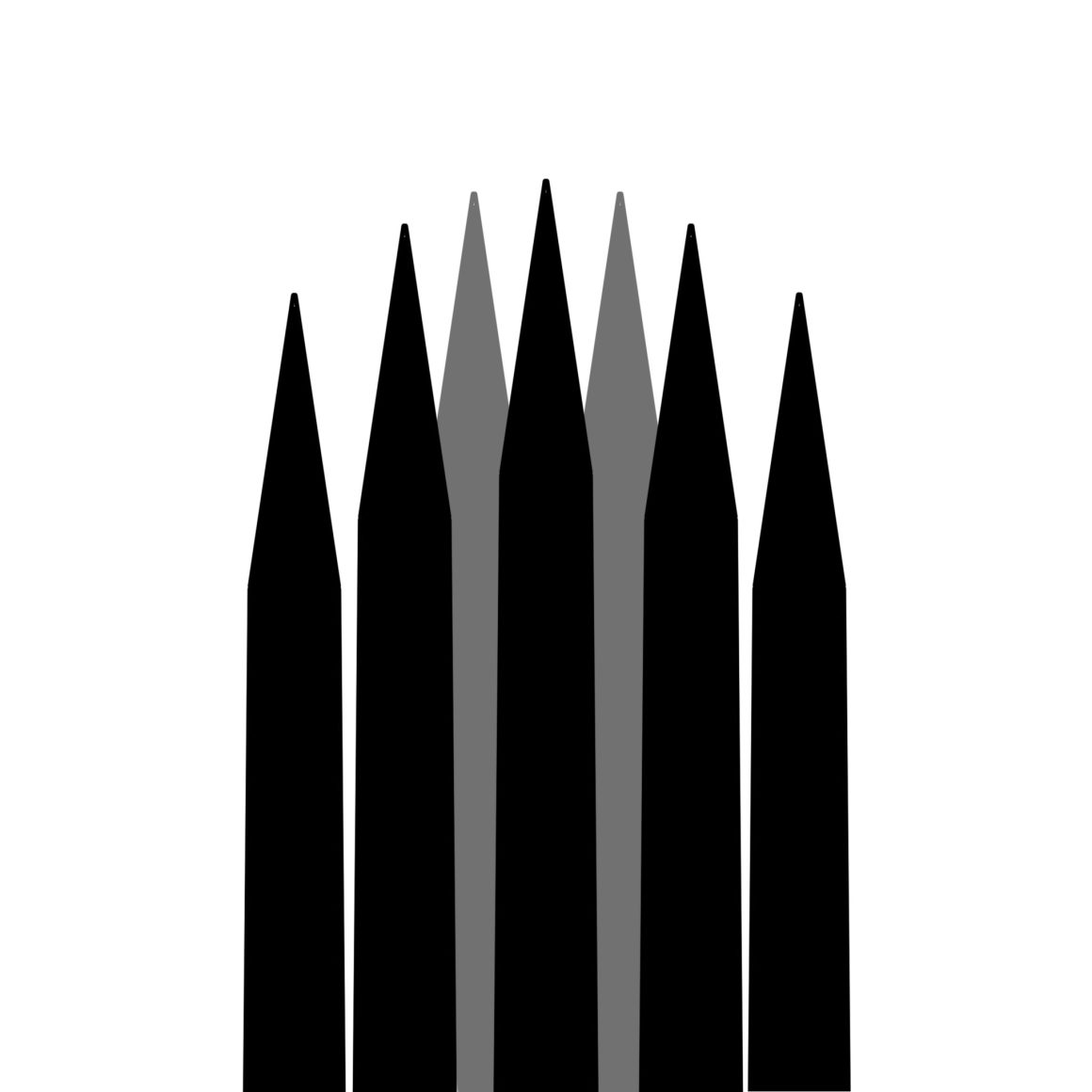
Again, a round magnum is very similar to flat magnums. The difference is that the outer individual needles are soldered further back, creating a curve on the needle profile.
Round magnums are also known as curved magnums. This needle type is generally used to create soft shading and gradients on a tattoo.
The recessed outer needles prevent over-saturation when shading so that a tattoo artist can build up the gradient they want on the tattoo.
Round mags can also be used to pack solid fields of color however, they are not as efficient as flat magnums.
Tattoo Needle Sizes
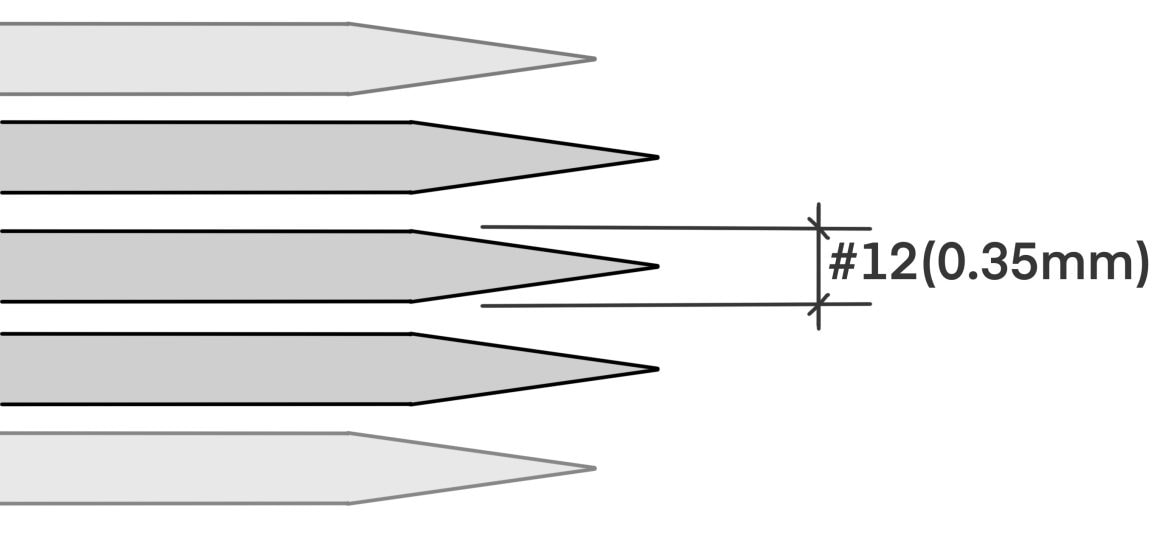
Needle diameter refers to the diameter of the individual needles found in the different groupings and configurations. #12G (0.35mm) is typically the standard needle size and go as low as #06G (0.2mm)
#8G (0.25mm) (Bugpin Needle)
Bugpin needles are typically the smallest gauge that a tattoo artist will use.
Tattoo artists will use these needles for very fine line work and small, intricate details. Needles smaller than 8G are usually used by permanent makeup artists.
#10G (0.30mm)
A #10G needle is a nice in-between for a #8G and a #12G.
You can still create fine lines, but they tend to be more saturated, and the ink holds better in the skin over time.
The thinner the needle, the tighter the tip of the needle is. This helps create tapered lines if the tattoo design requires.
#12G (0.35mm)
As mentioned before, #12G is seen as the standard needle size. You do not often find needles larger than #12G.
This needle size helps create lines that are solid and saturated from the beginning to the end of the line.
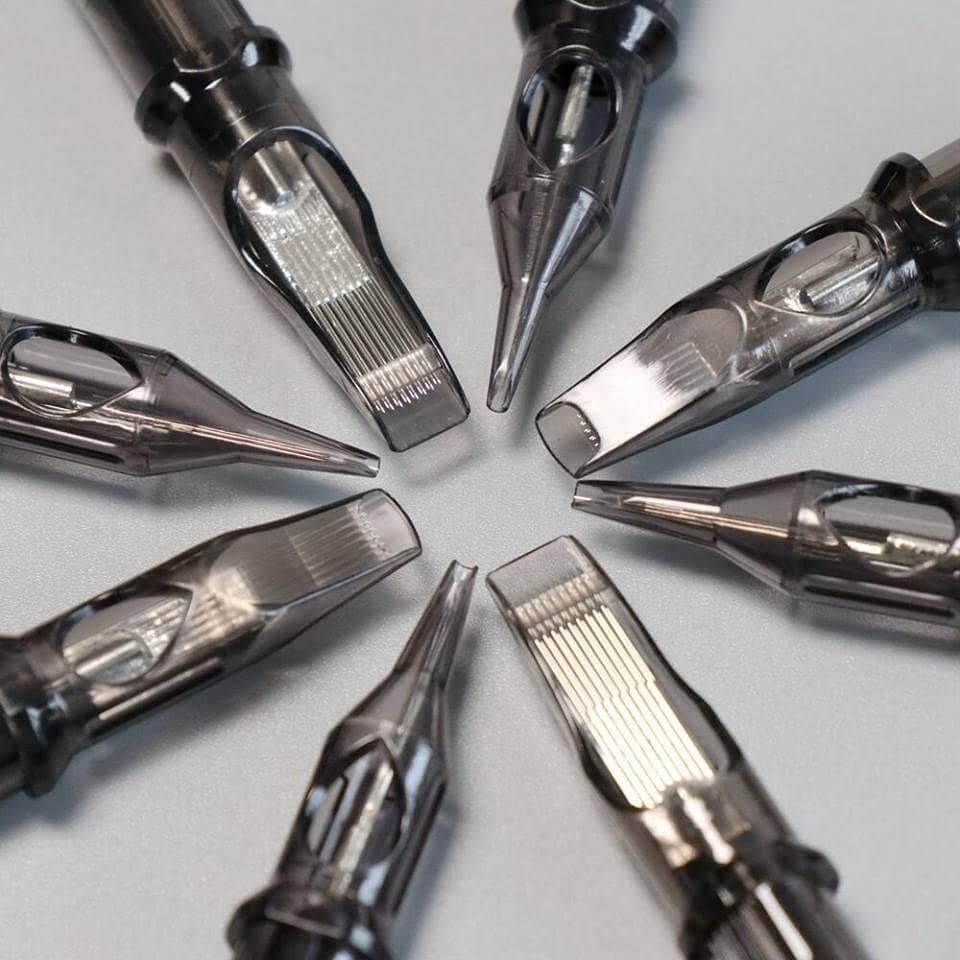
Frequently asked questions
How to Sterilize a Tattoo Needle?
Needles are sterilized before being packaged at the manufacturer. Tattoo needles are one-time use only and should not be sterilised after use. Tattoo needles should be disposed of in a medical sharps container and be incinerated by a medical waste company.
How Deep Does A Tattoo Needle Go?
A tattoo needle goes around 1/16th of an inch (1.5mm) past the surface of the skin. Ink should be deposited in the dermis layer of the skin but the depth of the dermis layer differs with different skin types. If the needle goes further than the dermis, this may result in a “blow-out” where the ink spreads and makes the tattoo line work look fuzzy or thick.
How to Set Up Needle Depth on a Tattoo Machine?
Setting needle depth or “throw” (how far the needle travels out the tip) is done differently depending on your machine. Coil machines require you to loosen the grip screw and to move the grip forwards or backward to get your desired needle throw. A pen style rotary requires you to twist the grip clockwise or anti clockwise to adjust the throw of your tattoo needle. Needle throw is usually set between 1/16 of an inch (1.5mm) to 3/16 of an inch (5mm) depending on your preference.
Summary
There are so many different needles out there to choose from that it’s often hard to know when to use what.
The thing that helped me the most at the beginning of my career was asking my fellow artists what their recommendations would be.
Slowly but surely, I started to be able to eye my stencils and know exactly which needle to use, and would avoid any needle-related tattoo artist mistakes.
Don’t be afraid to experiment with different needles, and watch out, you will have your monthly “favorite” needle in no time!
I also suggest trying new needles on fake skin first just to get the hang of it.
